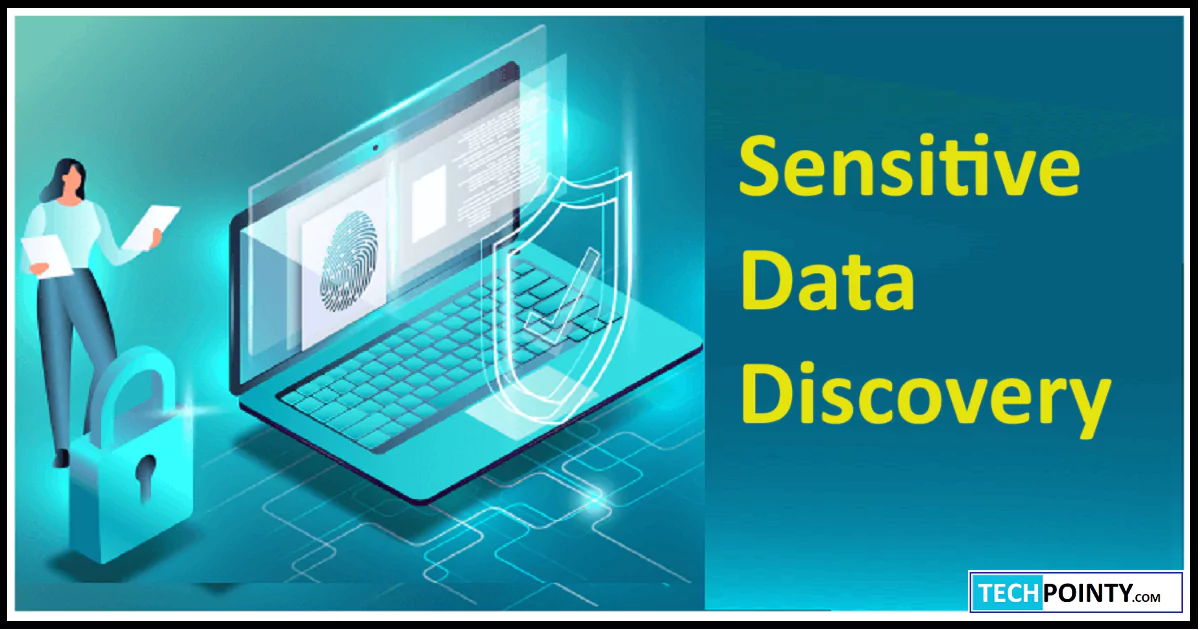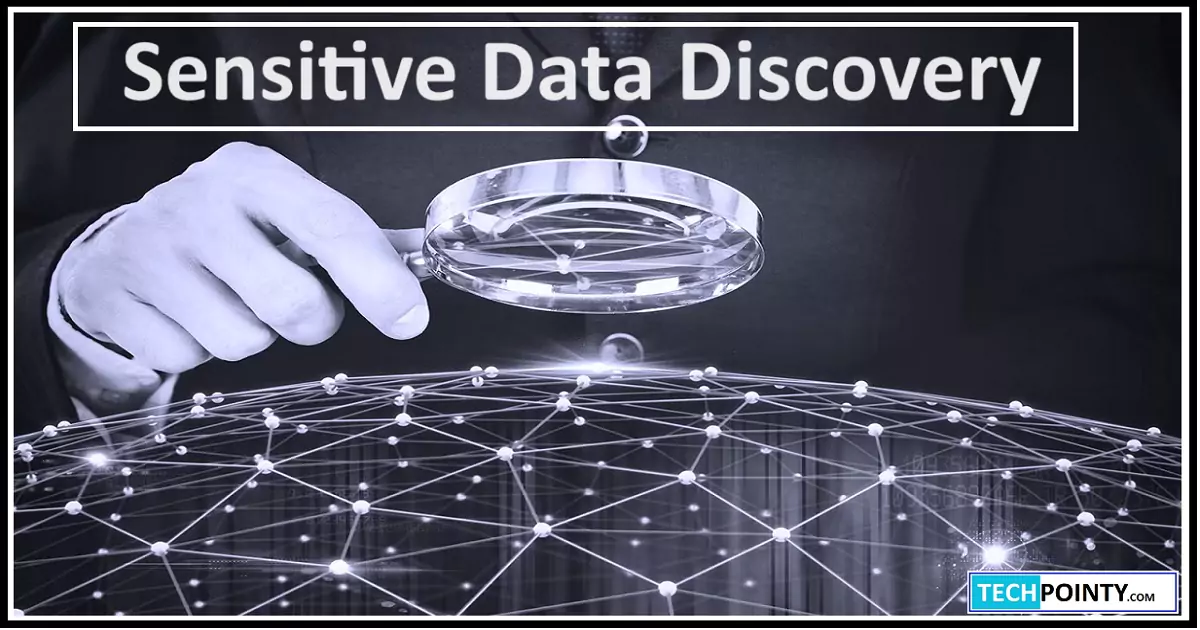Sensitive data discovery is critical for organizations of all sizes looking to reduce risk, ensure compliance, and prevent data breaches. With more data generated each day, sensitive information can easily get lost in the shuffle without the right tools. That’s why implementing sensitive data discovery is emerging as a top priority. Sensitive data discovery solutions empower organizations to automatically identify, classify, and secure sensitive structured and unstructured data across cloud and on-premises environments.
By gaining visibility into sensitive data like PII, PHI, and financial data, organizations can reduce their risk exposure, avoid non-compliance penalties, and prevent devastating data breaches. Adoption of sensitive data discovery is surging as organizations recognize the limitations of traditional security tools. Read on to learn why sensitive data discovery needs to be at the top of your cybersecurity agenda.
The Importance of Sensitive Data Discovery
- Sensitive data discovery is critical for identifying and securing confidential data like PII, PHI, and financial information across an organization’s systems. Without visibility into sensitive data, organizations are vulnerable to security breaches, compliance violations, and loss of customer trust.
- Key benefits of sensitive data discovery include reduced risk exposure, avoiding costs from data breaches, ensuring compliance with regulations like GDPR and CCPA, and centralized control over sensitive data flows.
- Organizations that fail to discover and catalog sensitive data face major consequences ranging from steep fines for non-compliance to permanent reputational damage from high-profile breaches.
- With data volumes growing exponentially, sensitive data can easily be overlooked without automated discovery tools. Manual identification is no longer feasible.
- By implementing sensitive data discovery, organizations gain peace of mind that their most confidential data is identified, protected, and compliant with relevant regulations.
Key Benefits of Sensitive Data Discovery Solutions
- Automate discovery of sensitive structured and unstructured data across cloud, on-premises, and hybrid environments. Eliminates the need for expensive manual review.
- Continuous monitoring capabilities quickly identify sensitive data that may lack appropriate protections.
- Data mapping and visualization provide insights into how sensitive data flows through systems. Improves data governance.
- Data masking and encryption capabilities to anonymize or pseudonymize sensitive data where possible.
- Automatic data classification and tagging based on context and content.
- Risk scoring to prioritize remediation and protection efforts on highest-risk data.
- Detailed audit trails and reporting for compliance requirements.
Implementing Sensitive Data Discovery Best Practices
Best practices for implementing sensitive data discovery include:
- Establish clear goals, priorities, and success metrics aligned to risk reduction, compliance, and data protection.
- Start with discovery and classification. Avoid premature data deletion until you understand your data landscape.
- Leverage both machine learning capabilities for broad scanning and precise regex/dictionary-based methods for known high-risk data types.
- Validate scanning results through statistical sampling to optimize discovery rules over time.
- Involve security, compliance, IT, legal, and business teams in planning for effective adoption.
- Integrate sensitive data discovery into existing data governance programs and workflows.
- Ongoing tuning and optimization as data environments evolve to ensure scanning remains comprehensive and performant.
- Implement data masking, encryption, and access controls in tandem with discovery capabilities.
- Continuously monitor for undiscovered sensitive data types and update data models accordingly.

Uncover Your Organization’s Sensitive Data in Just 5 Steps with Sensitive Data Discovery
| Step | Action |
|---|---|
| 1 | Define sensitive data types, categories, and classification schema aligned to organizational priorities and compliance needs |
| 2 | Select and implement purpose-built sensitive data discovery solution(s) with robust classification capabilities |
| 3 | Configure scanning scope, frequency, rules, and validation methods |
| 4 | Remediate discovered sensitive data via encryption, tokenization, access controls, archiving, or deletion |
| 5 | Continually monitor and refine sensitive data discovery approach as part of ongoing data governance and compliance programs |
How Automated Sensitive Data Discovery Tools Identify and Classify Confidential Information Across Distributed Environments
- Leverage advanced machine learning, statistical modeling, regex, dictionaries, and other techniques to identify sensitive data patterns.
- Scan across structured data stores, file shares, emails, collaboration platforms, and cloud services.
- Analyze contextual cues and content to determine if unstructured data is sensitive even without an exact pattern match.
- Classify data based on severity, type of sensitivity, and associated regulations and policies.
- Generate visual mapping of data flows and risk scoring to focus on protections and compliance efforts.
- Provide dashboards, reporting, and alerts tailored for technical, leadership, and compliance stakeholders.
- Continuously refine discovery and classification algorithms through supervised learning on statistical samples of scanned data.
Five Ways Sensitive Data Discovery Helps Organizations Reduce Risk Exposure and Ensure Ongoing Compliance
- Minimizes vulnerable surface area by identifying rogue sensitive data for remediation.
- Reduces the likelihood and impact of breaches through better data security controls.
- Avoid fines and reputation damage from non-compliance with data regulations.
- Empowers data governance teams with actionable insights.
- Automates manual, error-prone processes to cost-effectively scale data oversight.
- Enables evidence of rigorous security and compliance programs for audits.
- Informs policy and architecture decisions with data visibility.
- Supports overall cyber resilience through enhanced data protections.
Following a Strategic Plan is Critical for Successfully Rolling Out Sensitive Data Discovery Across Large, Complex Enterprises
Key elements of a strategic rollout plan include:
- Validating technical capabilities on representative sample environments.
- Defining policy requirements and data classification schema.
- Developing communication strategy and training programs.
- Creating implementation roadmap coordinated with IT, security, and compliance teams.
- Establishing success criteria, milestones, and governance model.
- Commencing discovery in lower-risk environments and expanding in phases.
- Budgeting for ongoing solution optimization and new use cases.
- Planning to integrate with complementary security and privacy capabilities.
- Leveraging the Center of Excellence team to provide guidance and best practices.
- Assigning business stakeholders and data owners to validate results and prioritize remediation.
Conclusion:
Sensitive data discovery is now a cybersecurity imperative. With data volumes exploding across cloud and on-prem environments, organizations can no longer rely on siloed security tools and manual processes to find and protect their confidential data. By leveraging purpose-built sensitive data discovery solutions with advanced machine learning capabilities, companies can automate the discovery and classification of high-risk structured and unstructured data.
This gives security and compliance teams the continuous visibility and control they need to reduce risk, avoid non-compliance, enable data-centric security architectures, and protect their brands. However, sensitive data discovery is not a set-it-and-forget-it technology. Organizations must invest in ongoing optimization and use these insights to drive risk-aware data governance and security strategies. In today’s threat landscape, sensitive data discovery delivers the foundational element for robust cyber resilience.

FAQs:
Q: What is sensitive data discovery?
A: Sensitive data discovery is the automated process of identifying, classifying, and categorizing sensitive structured and unstructured data across an organization’s systems using scanning, machine learning, and data science techniques. It provides visibility into high-risk data like PII, PHI, and intellectual property.
Q: Why is sensitive data discovery important?
A: It is critical for reducing cyber risk, ensuring compliance, avoiding data breaches, and enabling organizations to protect their most confidential information. Manual identification is no longer feasible given data volumes.
Q: What are the benefits of sensitive data discovery?
A: Key benefits include reduced risk exposure, avoided non-compliance fines, faster breach response, informed data security strategies, and centralized sensitive data governance.
Q: What does a sensitive data discovery solution do?
A: It continuously scans across databases, files, emails, and other repositories to find sensitive data patterns. It then classifies and tags located data based on content, context, and risks. This powers risk-aware data protection and compliance efforts.
Q: How do you implement sensitive data discovery?
A: Follow best practices like defining scope, integrations, policies, and success metrics. Take an incremental rollout approach, validate results, and continuously optimize discovery, classification, and data security controls.
Golden Quotes:
“Data is the new oil – value it accordingly by discovering and protecting your sensitive information.”

